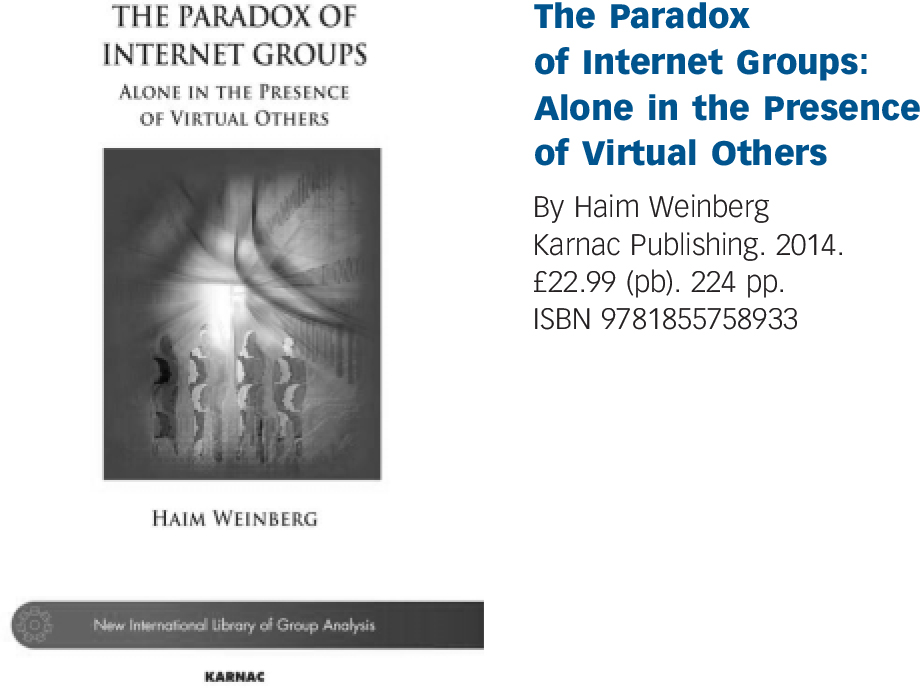
If you have wondered why we readily share our personal details on social media, why a slight disagreement on Twitter can unleash a torrent of ‘Twitter-storm’, or why one feels attached to virtual friends even though we know little about them, this book will provide you with some answers. Dr Haim Weinberg's eclectic career (from electrical engineer to clinical psychologist and group analyst) is reflected in his book, drawing on psychological, anthropological, sociological and analytical literature to explore the creative and destructive forces behind the new medium of virtual groups.
The book places the traditional art of psychoanalysis, bound by its customs and practices, into the modern world of cyberspace, drawing out similarities, differences and paradoxes. For example, in the virtual world, Bion's basic assumptions of how individuals within groups behave (dependency, flight-fight and pairing) can be seen; the group conductor morphs into a virtual group moderator with similar but subtly different functions of maintaining group safety and dynamic administration. Weinberg explores the paradox of why people who post on websites feel bold about disclosing intimate facts because they feel protected by boundaries of their own making. However, the lack of visual and tonal cues makes the comments overly concrete or prone to misinterpretation. The ambiguities of the interactions can be hard to tolerate, demonstrating that virtual groups give the illusion of being small groups (i.e. intimate and safe), yet in fact are large groups in the dark (prone to alienation, isolation, splitting, aggression).
Rather refreshingly, Weinberg does not hold back when suggesting who this book might be for – ‘everyone’, he writes. I must agree with him. The book is grounded in literature, well written and accessible to non-specialists. Just as Foulkes had to create his own theory and practice for the newly formed modality of group psychoanalysis, so will those using cyberspace for group work. Weinberg has started to develop this new theory.



eLetters
No eLetters have been published for this article.